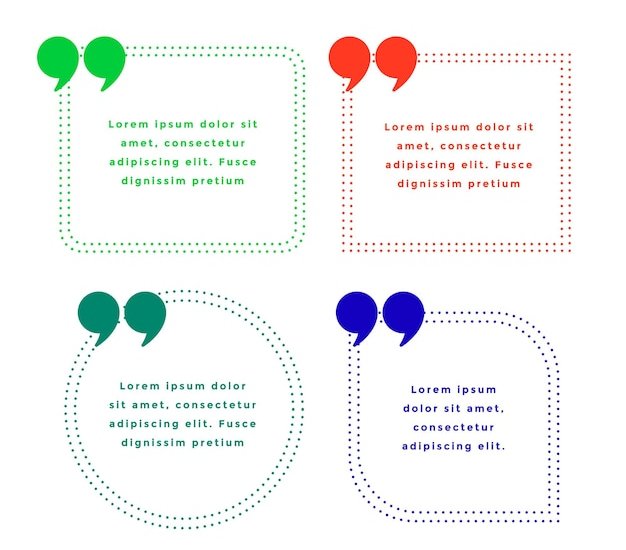Fascinating Facts about Mexican Culture
Mexican culture is a beautiful blend of indigenous, European, and African influences.
Mexican cuisine is world-renowned for its bold flavors and unique ingredients like chili peppers and avocado.
The traditional Mexican hat dance, known as Jarabe Tapatío, is a vibrant and energetic celebration of Mexican culture.
Mayan ruins in Mexico, such as Chichen Itza and Tulum, offer a glimpse into the ancient civilizations that once thrived in the region.
Mexican folklore is filled with colorful characters like La Llorona, the weeping woman, and El Chupacabra, a mythical creature.
Mariachi music, with its lively trumpets and guitars, is an integral part of Mexican celebrations and festivals.
Traditional Mexican handicrafts, such as pottery and embroidery, showcase the country’s rich artistic heritage.
Mexican muralism, led by artists like Diego Rivera and Frida Kahlo, revolutionized the art world with its social and political messages.
Lucha libre, or Mexican wrestling, has become a popular spectator sport known for its masked wrestlers and high-flying acrobatics.
Day of the Dead (Día de los Muertos) is a famous Mexican holiday that honors and remembers deceased loved ones with colorful altars and sugar skulls.
Mexican telenovelas, or soap operas, have gained international popularity for their dramatic storylines and passionate acting.
Mexican fiestas, with their lively music, delicious food, and joyful atmosphere, are a true representation of the country’s celebratory spirit.
Fascinating Facts about Mexican Culture part 2
Traditional Mexican dress, like the flowy dresses worn by women and the embroidered guayaberas worn by men, embodies the country’s cultural identity.
The Mexican Revolution, which lasted from 1910 to 1920, brought about significant social and political changes in the country.
The vibrant murals in Mexico City’s historic center, created by renowned artists, tell the story of Mexico’s history and culture.
Mexican soccer, or futbol, is a national passion, with the Mexican national team often invoking strong emotions among fans.
The influential Mexican artist Frida Kahlo is celebrated for her self-portraits that explore themes of identity, gender, and Mexican culture.
Mexican silver jewelry, crafted by skilled artisans, is known for its intricate designs and high-quality craftsmanship.
Traditional Mexican markets, or mercados, offer a sensory explosion of vibrant colors, exotic smells, and unique flavors.
Mexican literature, with authors like Octavio Paz and Juan Rulfo, has contributed immensely to the global literary canon.
Mexican rodeos, called charreadas, showcase traditional horsemanship skills and roping techniques.
Mexican alebrijes, brightly-colored and fantastical sculptures of mythical creatures, are a beloved art form originating from Oaxaca.
The mariachi song Cielito Lindo, with its catchy tune and uplifting lyrics, has become synonymous with Mexican culture worldwide.
Mexican hospitality is known for its warmth and friendliness, making visitors feel welcome and at home.
The Aztecs, one of Mexico’s ancient civilizations, built impressive pyramids, such as the Templo Mayor in Mexico City.
Traditional Mexican dances such as the danza de los voladores, or dance of the flyers, are awe-inspiring displays of acrobatics and cultural preservation.
Mexican soap operas, or telenovelas, have captured the hearts of viewers around the world with their captivating storylines and emotional performances.
The Mexican flag, with its iconic eagle perched on a cactus devouring a snake, symbolizes the country’s rich history and resilience.
Mexican street food, from tacos and quesadillas to elotes (grilled corn), offers a delicious taste of authentic Mexican cuisine.
Mexico’s annual Day of the Dead celebrations honor deceased loved ones with elaborate altars, colorful marigolds, and delicious food.
Mexican art, with its bold colors and symbolic imagery, reflects the country’s complex history and cultural diversity.
Mexican street markets, known as tianguis, offer a treasure trove of handmade crafts, fresh produce, and local delicacies.
The famous Mexican painter Diego Rivera created stunning murals that depict Mexico’s revolutionary past and celebrate the country’s indigenous heritage.
Traditional Mexican pottery, such as Talavera ceramics, showcases intricate patterns and vibrant colors passed down through generations of artisans.
Mexican wrestling, known as lucha libre, combines athleticism, showmanship, and vibrant masks for a uniquely Mexican form of entertainment.
Mexican cinema, from the golden age of the 1940s and 1950s to contemporary films like Roma, has made a significant impact on the global film industry.
The iconic Mexican beverage, tequila, is produced from the blue agave plant and is enjoyed worldwide in margaritas and shots.
Mexican festivals, such as Carnival in Veracruz and Guelaguetza in Oaxaca, showcase the country’s rich cultural traditions through music, dance, and elaborate costumes.
Mexican slang, known as calo, adds a lively and colorful dimension to the Spanish language spoken in Mexico.
Mexican handicrafts, like woven baskets and hand-painted ceramics, reflect the creativity and skills passed down by indigenous artisans.
Mexican children’s games, such as los quemados (dodgeball) and la cuerda (jump rope), foster community spirit and physical activity.
Mexican murals, found in public spaces throughout the country, serve as important social and political commentaries.
Mexican architecture, like the brightly colored buildings in Mexico City’s historic center, showcases a blend of indigenous and Spanish colonial influences.
Mexican piñatas, often shaped like animals or characters, are a fun and festive staple of birthdays and celebrations.
Mexican tamales, filled with ingredients like chicken, pork, or cheese, wrapped in corn husks, are a delicious and comforting traditional dish.

